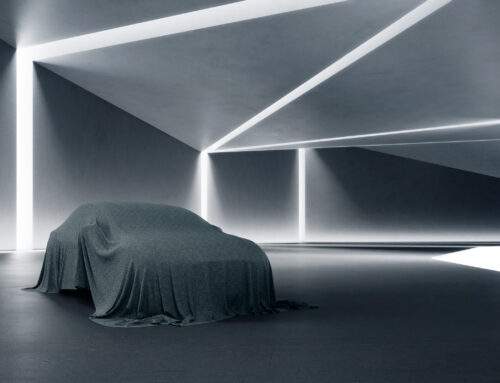It’s part of the American dream. Purchase a classic car that you’ve always admired. Restore that car to all its original glory. Drive your beautiful car, the engine rumbling your seat, the gears shifting as the light turns green. But that simplified dream state doesn’t tell the whole story, and the path to classic car restoration can be a little more complicated. Follow these five tips to ensure you’re restoring the right car in the right way.
Plan Your Version of Restoration
Is your goal to restore your classic car to its original glory? This method of restoration focuses on the original ideal of the car and strives to meet that aesthetic. Engine parts, paint and interior colors, the shape and design of the wheels and more are all determined by how the factory handled those decisions.
Or maybe you are looking for a more customized approach to restoration where you want to tweak and change the original design, maybe to include more horsepower, luxury details like air conditioning, phone docks, and modern speakers. Customizing an old car is different because parts don’t have to be as specific and there is room for the upgrades that you want most.
Neither version of classic car restoration is better than another, but having a plan before you even get the car helps to make your later decisions easier.
Choose Your Car Carefully
Not every old car is easily restored, mechanically or financially, and some of the classics for sale won’t be worth as much as the money it will take to restore. Carefully consider why you want to restore an antique on wheels.
Are you doing it for the nostalgia because maybe your father or grandfather drove the same model? Or maybe you’re motivated because Steve McQueen looked so cool in his 1968 Mustang GT. Or are you looking for a different kind of investment to expand your portfolio?
If you are in it for the money, then choose very carefully. Not every old car will be worth as much as the money it takes to restore it. Research the selling prices for fully restored vehicles and how much money a shop would charge for the work. If these numbers skew dramatically in a restoration shop’s favor, then pick a different car.
If your primary motivation is nostalgia, either for your father or the legendary Steve McQueen, and if you have the money to spend on a classic car, then you can be less picky about what you choose. Decide on a model and year based on how you feel when you think about sitting behind the wheel. Let that emotion drive you.
Look at the Engine
You can judge a car’s overall health, in part, by looking at the engine. A car that starts and runs, no matter how old or possibly rusty, can dramatically decrease the time, effort and money that a restoration can take. Even if the engine doesn’t turn over or purr, take the time to make sure all the parts of the motor and below the hood are in place. If your goal is an original restoration, having the original parts of the motor can save you and your mechanic time and money, and if you don’t have the original parts be ready to scour resources like Hemmings until you find what you’re looking for.
Watch out for Rust
A classic car that shows sign of rust could have bigger problems than just the fading color of paint on the exterior. Rust can indicate that the car was mistreated or never protected from the elements. Look for rust in obvious spaces, like on the door panels or in the wheel wells. While some rust damage can be repaired with elbow grease and a sandblaster, that process takes a mechanic’s time. And any rusty steel will have to be shaped to fit and replaced.
Find a Reliable Restorer
If you are skilled under the hood, then you might want to tackle the restoration work yourself. However, if you aren’t an expert mechanic, then you can choose to hire out some or all of your classic car restoration to someone who is talented in the field.
If you do choose to hire a private mechanic, then ask for references and pictures. Make certain that he or she has time and the ability to complete your project. Even if you are only looking for someone to change the paint color to British racing green, still ask for their credentials. A little research can go a long way when it comes to classic car restoration.
Once you’ve chosen your classic car and nailed down a plan, then let the project begin. In no time at all, your car will be beautifully restored and so ready for you to slip behind the wheel, turn the key and feel the care rumble to life. You’ll turn heads when you finish your classic car restoration.
Visit Distinctive Collection by Better Homes and Gardens Real Estate® when you begin your journey to buy or sell your unique home.








